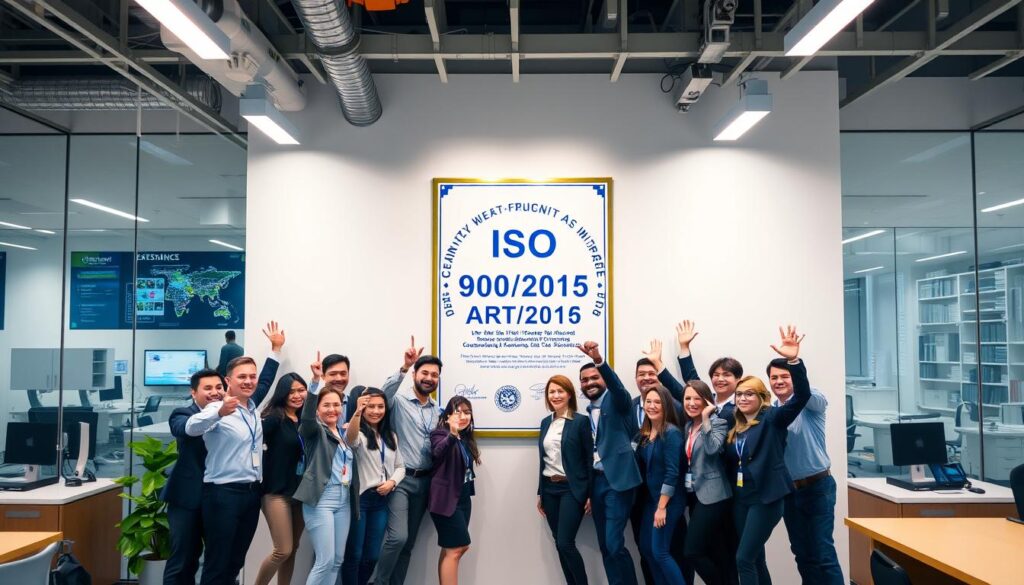Sri Lanka’s Foreign Reserves Rebound to $5.5 Billion by April 2024
Sri Lanka’s foreign reserves have bounced back to $5.5 billion by April 2024. This signals a positive trend for the nation’s economic stabilization efforts. The recovery in currency reserves is expected to boost the country’s financial stability.

The World Bank and Asian Development Bank predict positive growth for Sri Lanka in 2024. They project a moderately optimistic outlook over the medium term. The current account may show a slight surplus.
This surplus is likely due to controlled import growth. The revival of tourism and remittances inflows also plays a key role. These factors are vital for strengthening foreign reserves and improving import coverage.
The International Monetary Fund (IMF) has supported Sri Lanka’s economic recovery. Their Extended Fund Facility has helped build up foreign reserves. The government’s debt restructuring efforts have also been crucial.
These actions have created a more stable financial environment. They have boosted confidence among investors and international partners.
Economic Recovery and Stabilization
Sri Lanka’s economy is showing signs of recovery. GDP growth is projected to turn positive in 2024. The World Bank forecasts a 2.2% growth rate for 2024.
This recovery is backed by the IMF’s $2.9 billion bailout package. The package aims to stabilize the economy and promote reforms.
Inflation Expected to Remain Benign in Medium Term
Inflation in Sri Lanka has dropped significantly. Year-on-year headline inflation fell to 1.3% in September 2023. It rose to 4.0% by the end of 2023 due to supply factors.
Core inflation also decreased, showing low demand pressures. Inflation may change due to new VAT rules in January 2024. However, it should stay low as demand remains weak.
Current Account Surplus Driven by Tourism and Remittances
Sri Lanka’s current account surplus is growing. This is due to strong tourism and remittance inflows. Tourism arrivals topped 700,000 in the first 14 weeks of 2024.
Remittances increased to $572 million in March 2024. These inflows are vital for the country’s balance of payments and foreign reserves.

The boost in tourism and remittances helps offset the economic damage. The long crisis has hurt household finances and business activity. As the economy stabilizes, confidence is expected to grow.
| Indicator | 2023 | 2024 (Projected) |
|---|---|---|
| GDP Growth | -3.5% | 2.2% |
| Inflation (Year-end) | 4.0% | 4.5% |
| Tourism Arrivals (Jan-Mar) | 270,000 | 700,000 |
| Remittances (March) | $475 million | $572 million |
Foreign Reserves Rebound to $5.5 Billion by April 2024
Sri Lanka’s official reserves have shown a remarkable recovery. They rose from $1.9 billion in late 2022 to $5.5 billion by April 2024. This excludes a swap facility from the People’s Bank of China.
The IMF Extended Fund Facility of $2.9 billion has played a key role. Approved in March 2023, it has greatly boosted the country’s reserve position.
Improved Balance of Payments Position
Sri Lanka faces a growing trade deficit due to rising import spending. However, net inflows from the services sector, especially tourism, have helped offset this.
A new e-visa system and the Pekoe Trail are set to boost tourism. These initiatives, backed by the EU and USAID, should improve the balance of payments.
IMF Extended Fund Facility Supporting Reserve Buildup
The IMF Extended Fund Facility has been crucial for Sri Lanka’s reserve buildup. The country’s commitment to economic reforms has secured this vital support.
Sri Lanka continues to work with the IMF and other partners. This collaboration is expected to strengthen its reserve position and enhance economic stability.
Debt Restructuring Efforts Paving Way for Financial Stability
Sri Lanka is negotiating debt restructuring with international bondholders. These talks are key to restoring debt sustainability and regaining market access.
The government is working hard to reach agreements with creditors. These efforts are creating a better environment for economic growth and investment.
| Indicator | Value |
|---|---|
| Foreign Reserves (April 2024) | $5.5 billion |
| IMF Extended Fund Facility | $2.9 billion |
| GDP Growth Forecast (2024) | 2.6% |
Conclusion
Sri Lanka’s economy is looking up. Foreign reserves are expected to reach $5.5 billion by April 2024. This signals a positive shift in the nation’s economic outlook.
The country’s GDP growth forecast for 2024 has been revised to 2.6%. This contributes to the South Asian subregion’s expansion. The subregion is projected to grow by 6.3% in 2024 and 6.5% in 2025.
However, risks remain. These include the need for deep debt restructuring and potential reform fatigue. Upcoming elections and the recent economic crisis also pose challenges.
These risks are high in Sri Lanka and other South Asian economies. They face high public debt, weak external reserves, and geopolitical tensions.
Implementing the IMF’s structural reform program is crucial. It will boost investor confidence and attract fresh capital inflows. This will support a stronger economic recovery in the medium term.
The Central Bank of Sri Lanka has kept the policy rate at 6 percent. Their medium-term inflation target is 5 percent. Private sector credit growth and lower non-performing loans show a stabilizing financial sector.
The current account deficit is narrowing. Foreign exchange reserves now cover over 4 months of projected imports. Sri Lanka’s economic prospects are improving, despite challenges on the road to recovery.




